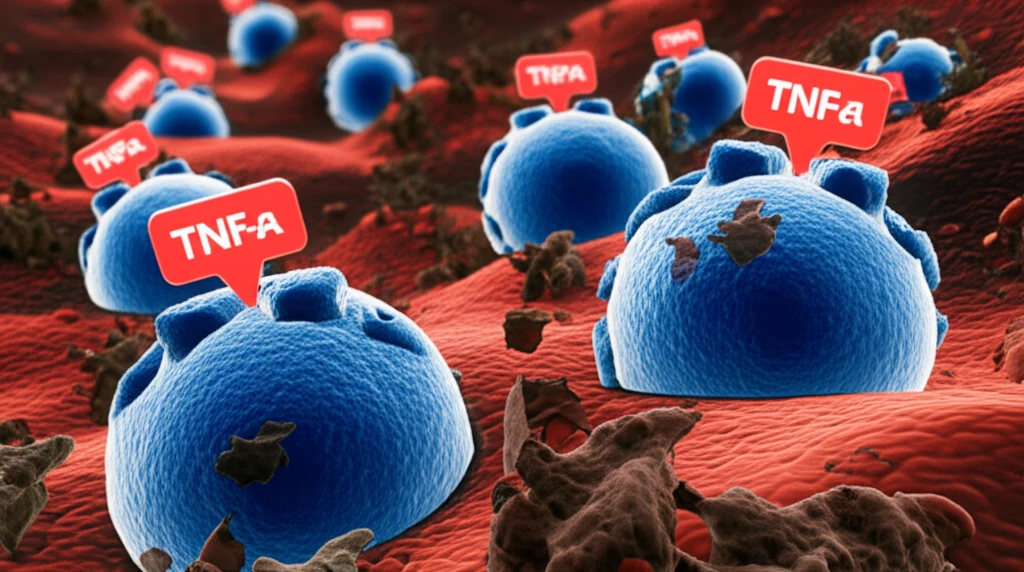
Breathing Easier: How a Tiny Signal in Your Lungs Could Revolutionize Treatment for a Common Threat
"Unraveling the Mystery of Coal Worker's Pneumoconiosis: New Research Reveals a Critical Link Between Cellular Signals and Lung Health"
Coal Worker's Pneumoconiosis (CWP), often called 'black lung disease,' has long plagued those working in coal mines. This serious lung disease develops from inhaling coal dust over time, leading to inflammation, scarring, and difficulty breathing. Despite advances in mining safety and disease management, CWP continues to affect miners and has a significant impact on their quality of life.
But what if understanding the root causes of CWP could pave the way for more effective treatments? New research has uncovered a critical signaling pathway within lung cells that plays a key role in the disease's progression. This discovery has opened exciting avenues for potential therapies that could improve lung health for those at risk.
In a study published in the Journal of Cellular Physiology, researchers explored the role of the TNF-α-TNFR signaling pathway in the development of CWP. This pathway, already known for its involvement in inflammation and cell death, appears to have a significant impact on how the lungs respond to coal dust exposure. Let's explore how this pathway works and what it means for the future of lung health.
The TNF-α-TNFR Pathway: A Cellular Messenger System

Think of the TNF-α-TNFR signaling pathway as a cellular communication system, like a network of messengers delivering instructions. The main players are TNF-α (tumor necrosis factor-alpha) and TNFR (tumor necrosis factor receptor). TNF-α is a molecule released by cells when they are under stress or damaged. TNFR, found on the surface of various cells (like those in the lungs), acts as the receiver of the signal.
- The Trigger: In the lungs, exposure to coal dust causes cells to release TNF-α.
- The Signal: TNF-α then binds to TNFR on the surface of alveolar macrophages (AMs), a type of immune cell that helps clear debris in the lungs.
- The Response: This binding activates the TNF-α-TNFR pathway, influencing the behavior of AMs.
Looking Ahead: New Hope for Respiratory Health
The discovery of the TNF-α-TNFR pathway's role in CWP offers a promising direction for future research and treatment. By understanding the specifics of how this pathway influences lung cells, scientists may be able to develop targeted therapies to reduce inflammation, prevent cell death, and stimulate the body's natural repair mechanisms. These advances hold great promise for improving the lives of those affected by this debilitating disease and for developing preventive measures to safeguard the respiratory health of those working in the coal industry.
